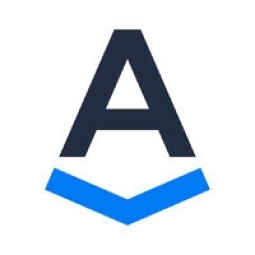Technology Category
- Cybersecurity & Privacy - Security Compliance
- Infrastructure as a Service (IaaS) - Cloud Databases
Applicable Industries
- Cement
- Renewable Energy
Applicable Functions
- Maintenance
- Quality Assurance
Use Cases
- Onsite Human Safety Management
- Track & Trace of Assets
Services
- System Integration
- Testing & Certification
About The Customer
SBL Solutions is a wind farm construction and maintenance company that provides electrical and mechanical fitters and wind turbine technicians to the renewable energy sectors. They operate in Australia, New Zealand, and the APAC region. The company started with a small team of five and has since grown to employ over 120 people. As they grew, they recognized the importance of controlling the chaos of internal operations and building strong operational foundations. They are committed to turning the chaos of wind into renewable energy and ensuring safety and compliance in their operations.
The Challenge
SBL Solutions, a wind farm construction and maintenance company, faced significant challenges as it expanded from a team of five to over 120 employees. The company, which provides electrical and mechanical fitters and wind turbine technicians to the renewable energy sectors in Australia, New Zealand, and the APAC region, initially adopted a digital timesheet solution. However, this solution lacked the necessary features to track assets and ensure safety compliance. The renewable energy sector requires a multitude of certifications, licenses, and competencies, and managing these across a growing team became increasingly complex. SBL Solutions needed a comprehensive solution that could handle timesheets, asset tracking, and compliance monitoring.
The Solution
SBL Solutions adopted Assignar, a digital platform that met their criteria for tracking timesheets, assets, and safety. The platform allowed them to link timesheets to other important documents like safety and quality forms, ensuring that mechanics and electricians met all their requirements before submitting their timesheets. This helped SBL ensure compliance and keep all their forms digitized and in one place. Furthermore, SBL Solutions took their operations processes to the next level by creating their own web portal, the SBL datahub, using Assignar’s open API. They linked their data hub with Assignar and other key databases, like their finance software, to streamline and automate wherever they could. This process automated much of SBL Solution’s processes and took a lot of the minutia off of their managers.
Operational Impact
Quantitative Benefit

Case Study missing?
Start adding your own!
Register with your work email and create a new case study profile for your business.
Related Case Studies.

Case Study
Remote Monitoring & Predictive Maintenance App for a Solar Energy System
The maintenance & tracking of various modules was an overhead for the customer due to the huge labor costs involved. Being an advanced solar solutions provider, they wanted to ensure early detection of issues and provide the best-in-class customer experience. Hence they wanted to automate the whole process.
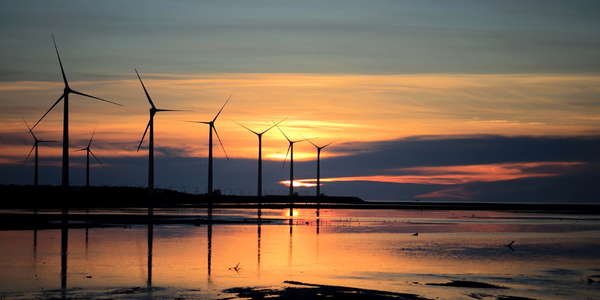
Case Study
Vestas: Turning Climate into Capital with Big Data
Making wind a reliable source of energy depends greatly on the placement of the wind turbines used to produce electricity. Turbulence is a significant factor as it strains turbine components, making them more likely to fail. Vestas wanted to pinpoint the optimal location for wind turbines to maximize power generation and reduce energy costs.
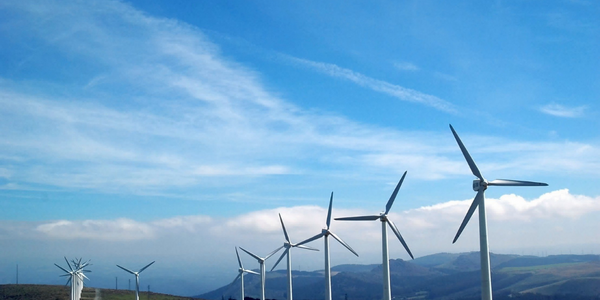
Case Study
Siemens Wind Power
Wind provides clean, renewable energy. The core concept is simple: wind turbines spin blades to generate power. However, today's systems are anything but simple. Modern wind turbines have blades that sweep a 120 meter circle, cost more than 1 million dollars and generate multiple megawatts of power. Each turbine may include up to 1,000 sensors and actuators – integrating strain gages, bearing monitors and power conditioning technology. The turbine can control blade speed and power generation by altering the blade pitch and power extraction. Controlling the turbine is a sophisticated job requiring many cooperating processors closing high-speed loops and implementing intelligent monitoring and optimization algorithms. But the real challenge is integrating these turbines so that they work together. A wind farm may include hundreds of turbines. They are often installed in difficult-to-access locations at sea. The farm must implement a fundamentally and truly distributed control system. Like all power systems, the goal of the farm is to match generation to load. A farm with hundreds of turbines must optimize that load by balancing the loading and generation across a wide geography. Wind, of course, is dynamic. Almost every picture of a wind farm shows a calm sea and a setting sun. But things get challenging when a storm goes through the wind farm. In a storm, the control system must decide how to take energy out of gusts to generate constant power. It must intelligently balance load across many turbines. And a critical consideration is the loading and potential damage to a half-billion-dollar installed asset. This is no environment for a slow or undependable control system. Reliability and performance are crucial.
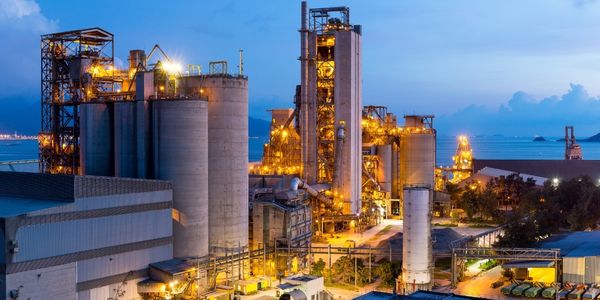
Case Study
System 800xA at Indian Cement Plants
Chettinad Cement recognized that further efficiencies could be achieved in its cement manufacturing process. It looked to investing in comprehensive operational and control technologies to manage and derive productivity and energy efficiency gains from the assets on Line 2, their second plant in India.
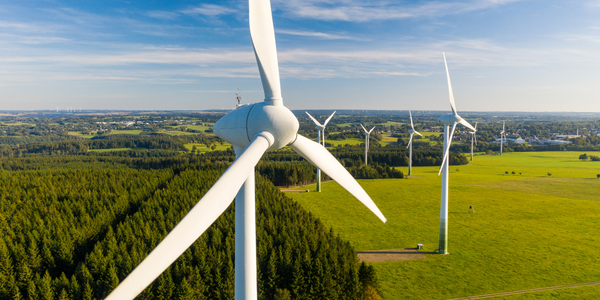
Case Study
Remote Monitoring and Control for a Windmill Generator
As concerns over global warming continue to grow, green technologies are becoming increasingly popular. Wind turbine companies provide an excellent alternative to burning fossil fuels by harnessing kinetic energy from the wind and converting it into electricity. A typical wind farm may include over 80 wind turbines so efficient and reliable networks to manage and control these installations are imperative. Each wind turbine includes a generator and a variety of serial components such as a water cooler, high voltage transformer, ultrasonic wind sensors, yaw gear, blade bearing, pitch cylinder, and hub controller. All of these components are controlled by a PLC and communicate with the ground host. Due to the total integration of these devices into an Ethernet network, one of our customers in the wind turbine industry needed a serial-to-Ethernet solution that can operate reliably for years without interruption.

Case Study
Temperature monitoring for vaccine fridges
Dulas wanted a way to improve the reliability of the cold chain, facilitating maintenance and ensuring fewer vaccines are spoiled. Dulas wanted an M2M solution which would enable them to record and report the temperature inside vaccine refrigerators.




